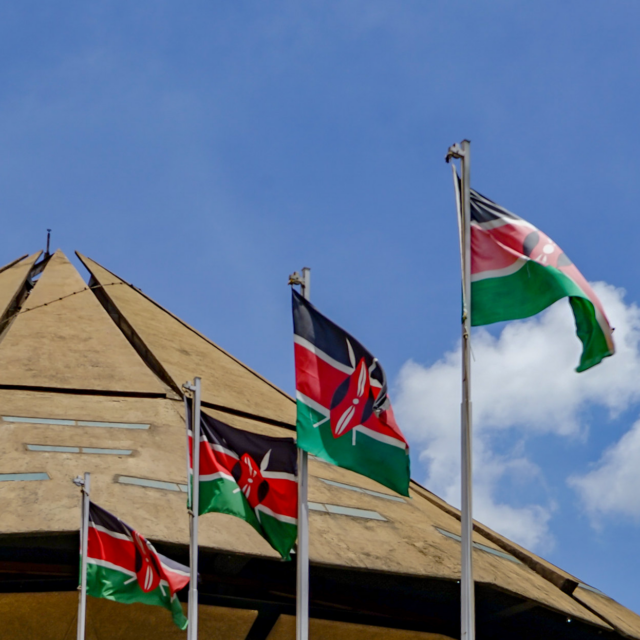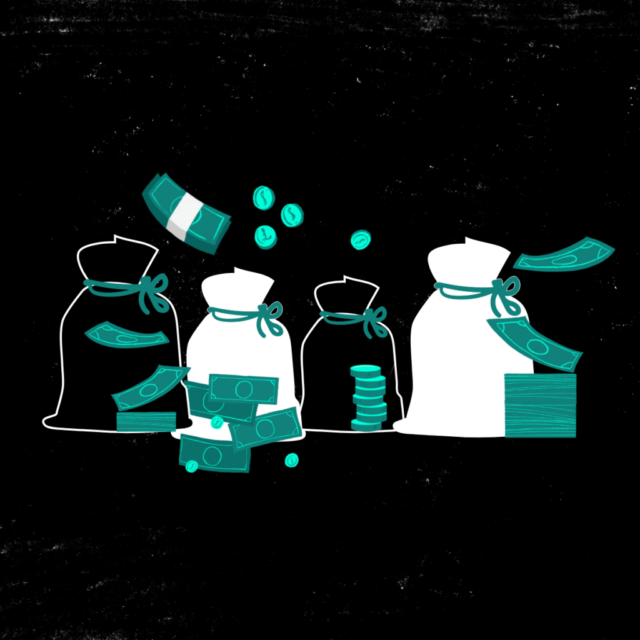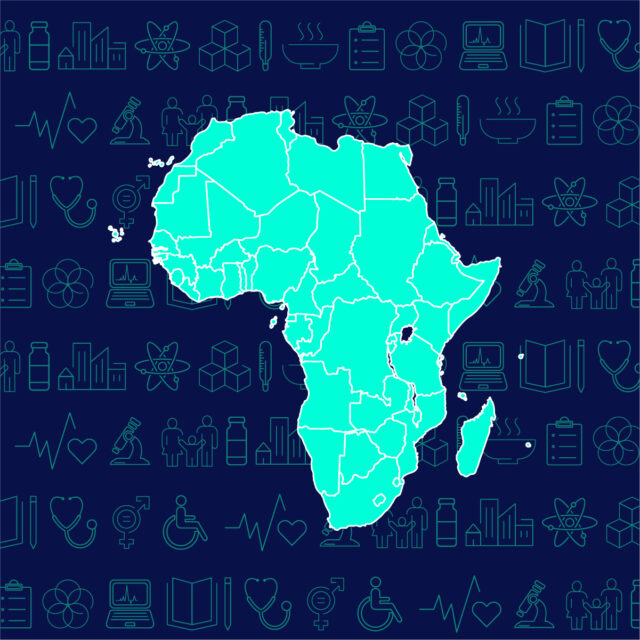Whoever wins Kenya’s presidential election in August will have to immediately manage the country’s skyrocketing debt and growing food insecurity. Officials at the Treasury have already sounded the alarm on the huge debt burden in Kenya. Last month, Treasury officials announced that the cost of servicing the national debt has surpassed the government’s recurrent expenditure for the first time in the country’s history.
Treasury figures show that Kenya will spend 1.36 trillion Kenya shillings ($11.8 billion) in debt repayments annually starting in July, which is slightly more than the government’s recurrent expenditure, projected to be 1.34 trillion Kenya shillings in the coming year. This year, Kenya will be repaying a loan worth 103.75 billion Kenya shillings (about $900 million) to China’s Exim Bank and interest payments to other financial institutions and governments.
“This presents a headache to Kenya’s next president who will have a narrower fiscal space for balancing the budget while implementing a lot of the promises made ahead of the August 9 elections,” says Constant Munda of the “Business Daily.”
Kenya is among 23 African countries that are at risk of debt distress. The main drivers of debt distress include weak fiscal management and macroeconomic frameworks to support growth, changing composition of debt towards more expensive sources of financing, and high levels of public spending, according to Njuguna Ndung’u, a former governor of the Central Bank of Kenya and the executive director of the African Economic and Research Consortium (AERC).
President Uhuru Kenyatta increased the country’s debt from 1.89 trillion shillings (about $16 billion) in 2013, when he took office, to Sh8.2 trillion Kenya shillings (about $71 billion) by December 2021 – a more than four-fold increase. Kenya’s debt is expected to surpass 10 trillion Kenya shillings ($87 billion) by the end of 2024, according to the Central Bank of Kenya.
Kenyatta’s government has argued that the loans were necessary for infrastructure projects such as a new standard gauge railway and highways. Critics say that finding cheaper ways to improve infrastructure would have been a more sustainable option. Wanjiru Gikonyo, the national coordinator of The Institute for Social Accountability (TISA), claims that some of the debt that the government has incurred has been used to fund “white elephant projects.”
By the end of last year, Kenya’s debt stood at nearly 70% of GDP, up from 50% at the end of 2015. China is Kenya’s largest bilateral creditor, accounting for 67% of Kenya’s bilateral debt (mostly for infrastructure projects), up from 13% in 2011. In 2021, multilateral debt accounted for 41% of external loans while bilateral debt accounted for 28%. Data released by the Central Bank of Kenya shows that out of every dollar of taxpayers’ money, 57 cents go towards servicing the country’s burgeoning debt. Kenya’s public debt has increased 13-fold since 2000.
To meet its debt obligations, the government introduced new taxes over the past few months, including raising VAT on some goods and introducing excise taxes on things like mobile phone services. But experts warn that the new taxes are not sufficient to meet the country’s debt obligations. “Unless the country limits government borrowing, increasing the scope of tax will not increase revenue beyond the optimal point,” says a report by the Nairobi-based Institute of Economic Affairs (IEA).
A hard landing
Aware of the debt burden facing Kenyans in an election year, presidential candidate Raila Odinga announced at a recent Chatham House meeting that he would renegotiate repayment rates with lenders and opt for cheaper loans from institutions including the World Bank. His main rival, William Ruto, the current deputy president, has not laid out a plan to reduce the country’s debt burden but did state that Kenyans “must not be slaves of debt from any place or any country.”
Civil society organisations have been campaigning to raise awareness about the risks associated with Kenya’s rising debt. Okoa Uchumi (Save the Economy), a coalition of civil society groups, launched a campaign calling for accountability in the country’s national debt and for strengthening of constitutional safeguards in public debt management. Activists say that much of the government’s debt is unnecessary and unsustainable.
Unfortunately, as the IEA report warns, this campaign might be coming a little too late because the magnitude of debt service indicates that the country is in for a “hard landing.” Moreover, the success of a fiscal consolidation 38-month programme that the government entered with the International Monetary Fund last year to deal with the rising national debt remains to be seen. Economists say that the IMF’s extended credit facility to Kenya could lead to additional taxes on Kenyans and result in the sacking of government workers – conditions set by the IMF to restructure state-owned enterprises and reduce government spending. Kenya has consistently rejected IMF debt relief offered to help countries cope with the COVID-19 pandemic, saying it would damage the country’s credit rating.
Ken Gichinga, chief economist at Mentoria Economics, says that over-reliance on loans from international financial institutions like the IMF has shifted the government’s priorities from improving the living standards of Kenyans to abiding by conditions set in Washington.
Already there are signs that the government is sacrificing social welfare programmes in order to service its costly debts. Last month, parliamentarians rejected a bill that would have reintroduced free milk to school children, a programme popularised by former President Daniel arap Moi in the 1980s. They argued that the annual cost of doing so is unsustainable. Free milk in schools was one of the hallmarks of the Moi regime, which saw an increasing number of children enroll in and stay in school because of the programme.
Multiple crises
Meanwhile, as presidential campaigns heat up, up to 3.1 million people in the country could be facing starvation, according to an Oxfam International report. Low rainfall, the high cost of basic foods, the pandemic, and conflict and insecurity are all exacerbating food insecurity in some parts of the country.
The cost of food in Kenya has been rising in recent years, which makes food security precarious even among those not directly affected by drought or insecurity. Recent surveys show that the prices of most commodities, including bread, tomatoes, rice, potatoes, and meat, have been rising by between 16% and 53% since 2011. The ongoing war in Ukraine is also likely to impact food security in the country as prices of basic foods rise further.
Kenya’s upcoming election will thus be taking place at precisely the time when the majority of Kenyans face acute financial and food insecurity.



